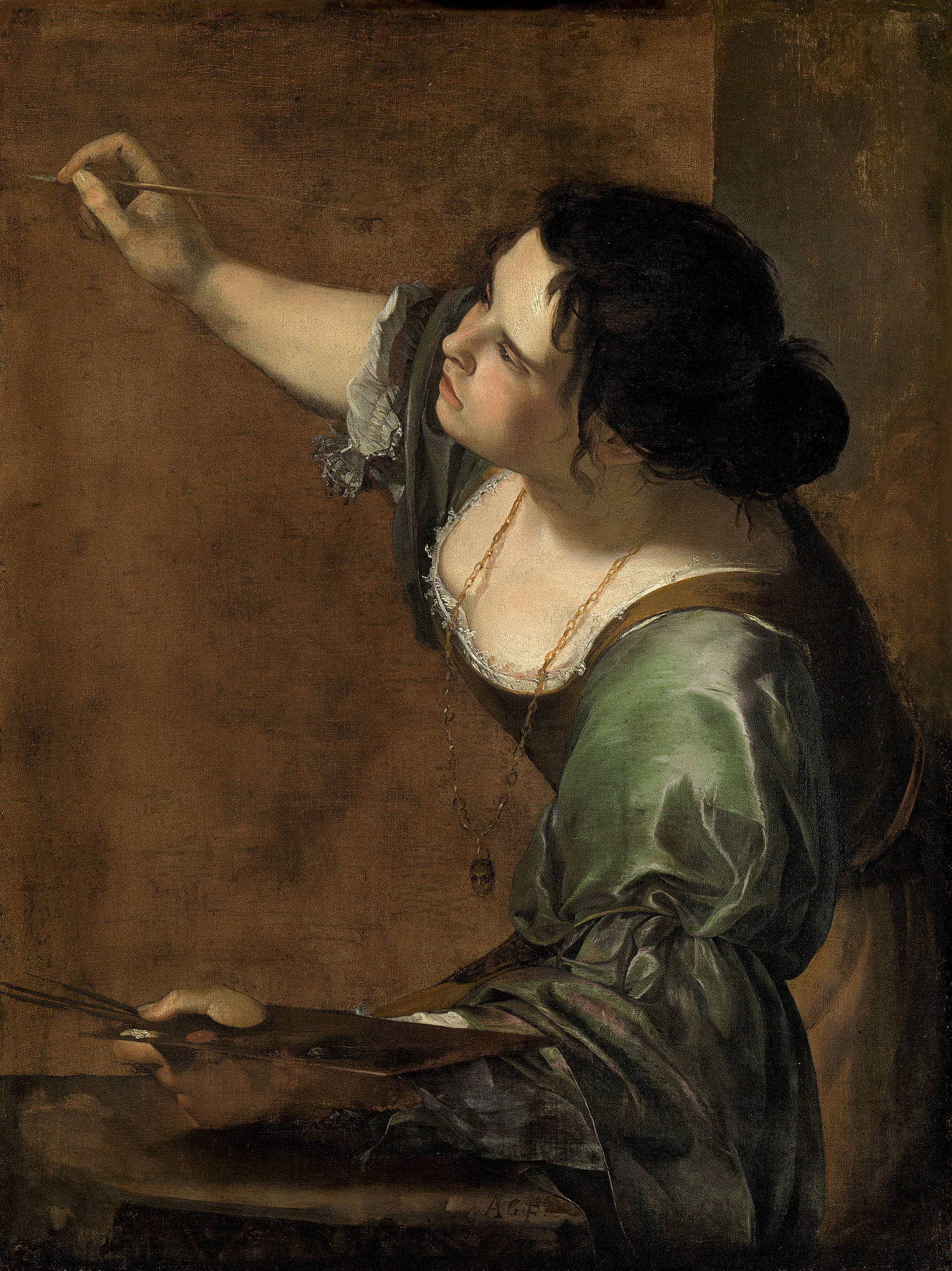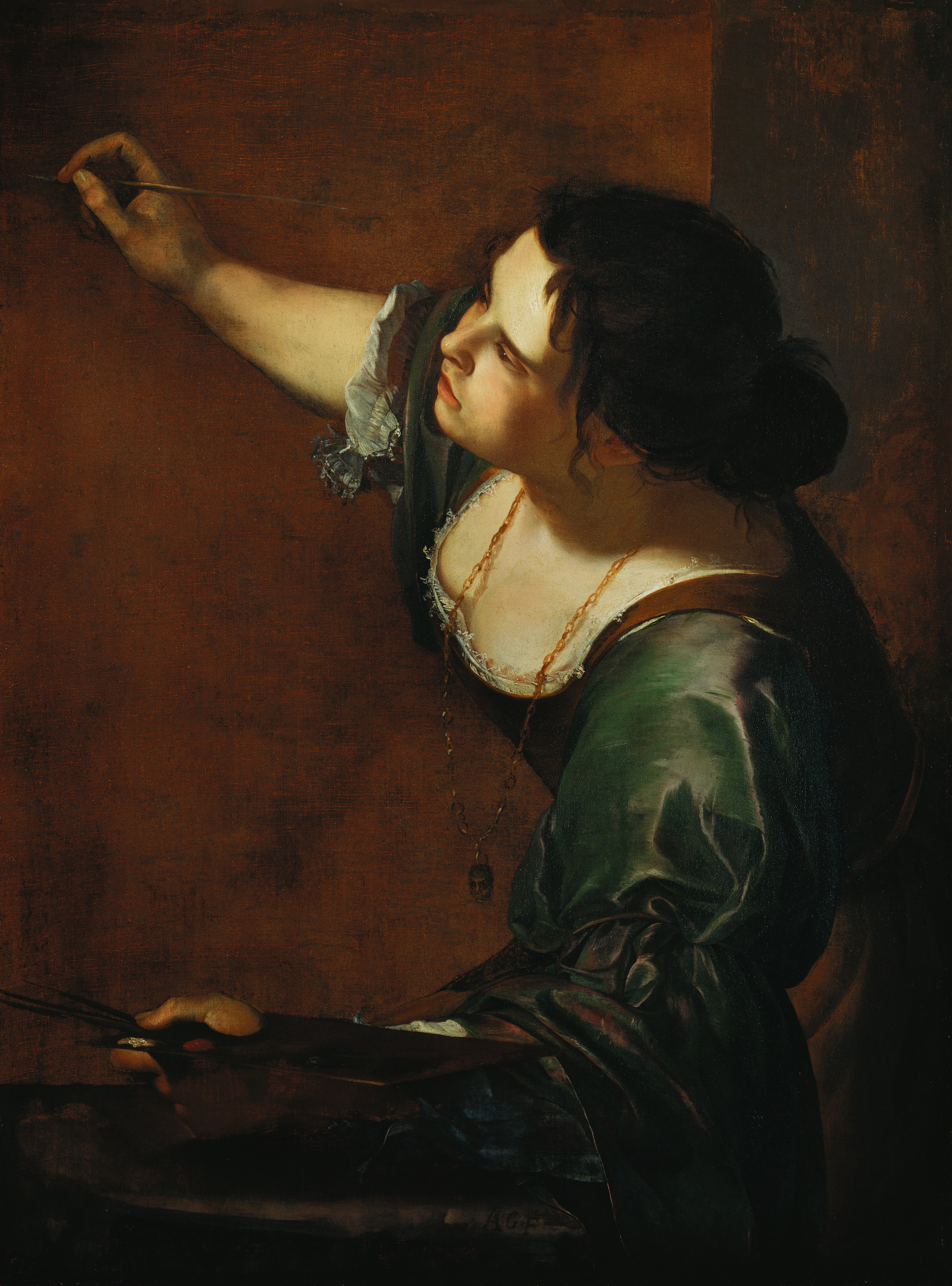On this day in 1593 Artemisia Gentileschi, one of the best Italian Baroque painters, was born in Rome.
Gentileschi's father, Orazio, was a well-known artist, and Artemisia trained in his workshop for several years before creating works herself. In the 1610s, Artemisia was raped by a somewhat older member of the workshop, Agostino Tassi. This influenced the rest of her life and is reflected in her art, which often shows subjects with a "Power of Women" theme, such as Judith Slaying Holofernes and Salome with the Head of St. John the Baptist. Artemisia was a very independent woman and a prolific artist.
Here she presented herself as an allegory of painting. It was influenced by the works of Cesare Ripa, most notably his Iconologia, in which he suggests how virtues and abstract concepts should be depicted, with human qualities and appearances. Ripa said "Painting" should be shown as: “A beautiful woman, with full black hair, disheveled, and twisted in various ways, with arched eyebrows that show imaginative thought, the mouth covered with a cloth tied behind her ears, with a chain of gold at her throat from which hangs a mask, and has written in front "imitation." She holds in her hand a brush, and in the other the palette, with clothes of evanescently covered drapery.” Other than the cloth tied around the mouth, Gentileschi follows this prescription quite accurately. It is also a bold statement, as the painting demonstrates a rare feminist theme at a time when women seldom held jobs, let alone were well known for them.
The self-portrait was probably produced during Gentileschi's stay in England between 1638 and 1639.
Artemisia is one of the painters featured in our Women Artists Notebook; check it out here!
P.S. Here you can read about one of the most famous paintings of Artemisia Gentileschi, the one to be thought of as inspired by her personal trauma: Judith Slaying Holofernes.


 Artemisia Gentileschi
Artemisia Gentileschi